If you love champagne, you probably agree with the famous words uttered by Madame Lily Bollinger. We do!
“I only drink champagne when I’m happy, and when I am sad. Sometimes I drink it when I’m alone. When I have company, I consider it obligatory. I trifle with it if I am not hungry, and drink it when I am. Otherwise I never touch it – unless I am thirsty.”
If you’ve read through our site, you will know we offer a champagne tasting tour as an optional extra with some of our European supercar driving tours. We would love you to join us sometime, but you might want to practise beforehand, so here are a couple of things to keep in mind when you line up the bottles and glasses.
How old is vintage?
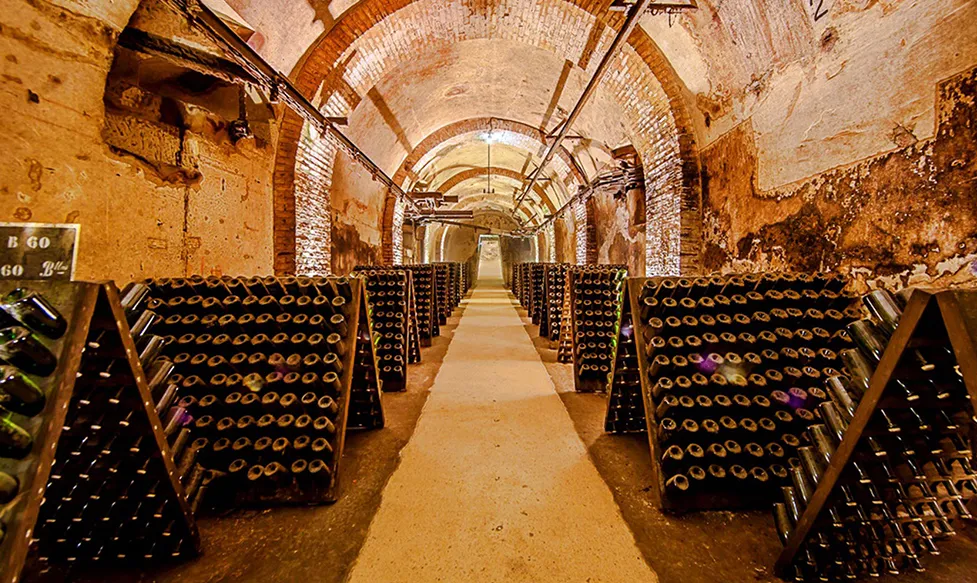
In France, the ‘real thing’ must spend at least 15 months maturing in a cellar after bottling. Vintage champagnes are cellared for at least three years but many producers will lock away the precious bottles for nine years or more.
As it ages, champagne turns a golden colour and the bubbles become more delicate. Don’t serve it too cold or you will lose a lot of the flavour and aroma.
The best glass to use for tasting is a tulip shape, and you should only fill it halfway. It allows the bubbles to form and rise, and gives you the best chance to savour the smell. Second choice is a flute, and again, only halfway.
So, now we are set to go, here’s what to do.
What do you see?
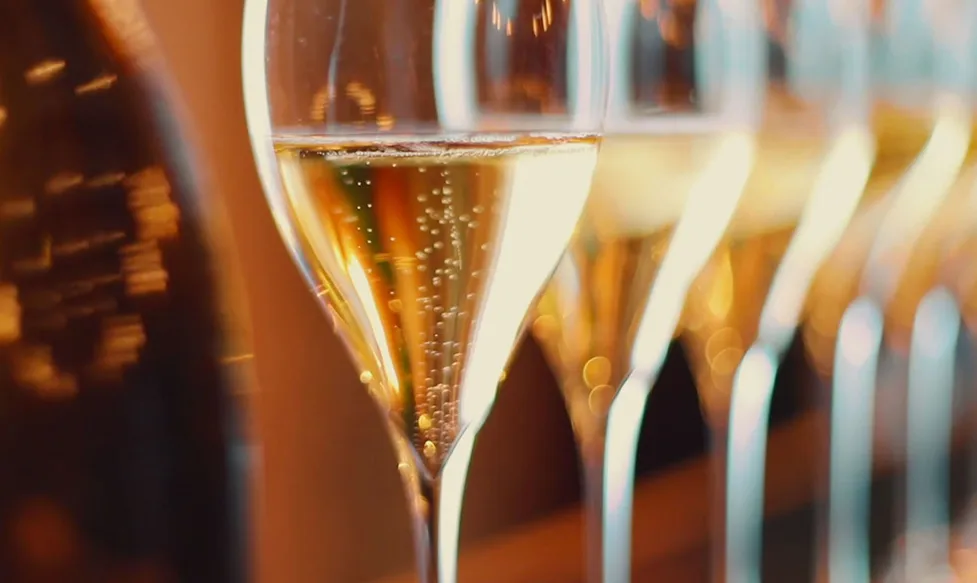
Look at what is in the glass. Admire the bubbles and the colour. If it is pale yellow and almost colourless, it is quite young; if it is golden or honey or even amber in colour, it is true vintage champagne.
You also need to check if it is clear or opaque and take a close look at the bubbles. Coarser champagnes feature big rough bubbles; superior champagnes have bubbles that are small, refined and graceful.
It is important to know that as champagne ages, the number and speed of the bubbles gets less and less. Temperature also affects bubble density – the colder the wine, the fewer bubbles you will have.
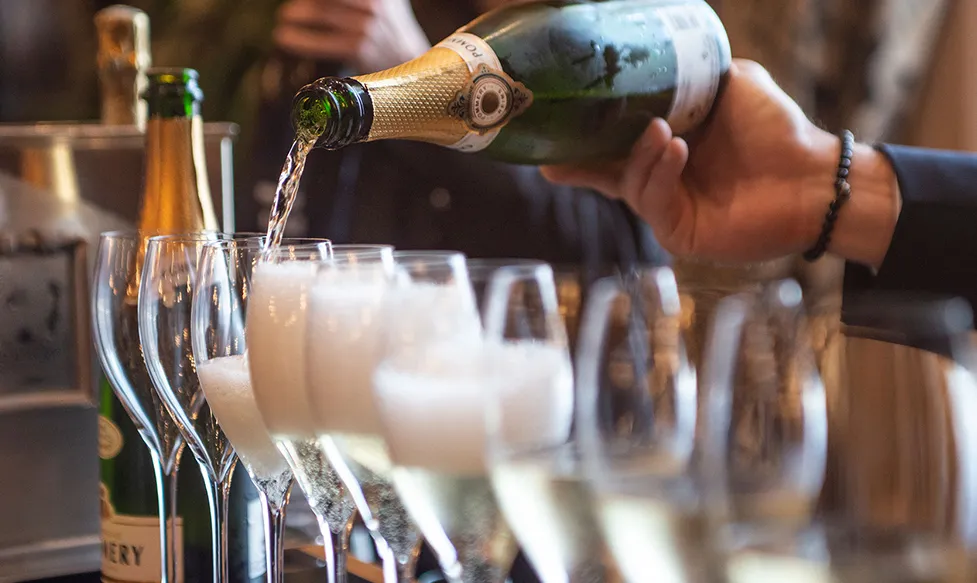
Bubbles are actually very important because they help the champagne breathe and release its aroma.
A clever trick used by the experts to check all of this is to hold the glass up in a well-lit area, preferably against a white background (use a fabric table napkin). It makes it easier to see the colour and the type of bubbles.
What do you smell?
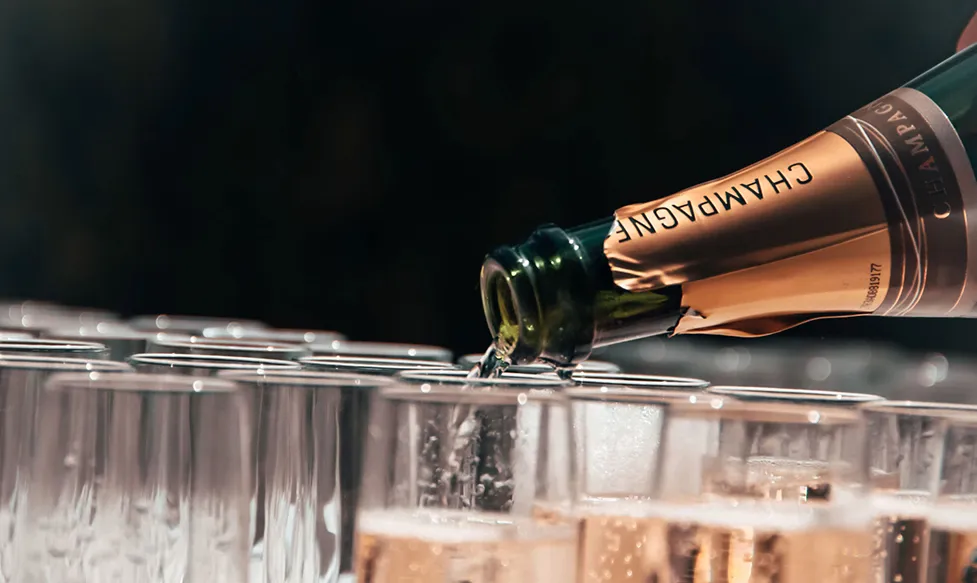
Some experts swirl the champagne; some don’t. Either way, it’s important to breathe in that glorious smell. Experts describe five groups of aromas, so what can you smell of the following? Flowers, fruits, vegetables, dried fruit and other delicacies such as spices.
For the first inhale, place the glass under your nose. To get more information, get your nose further into the glass and closer to the wine. What can you smell, and how intense is the aroma?
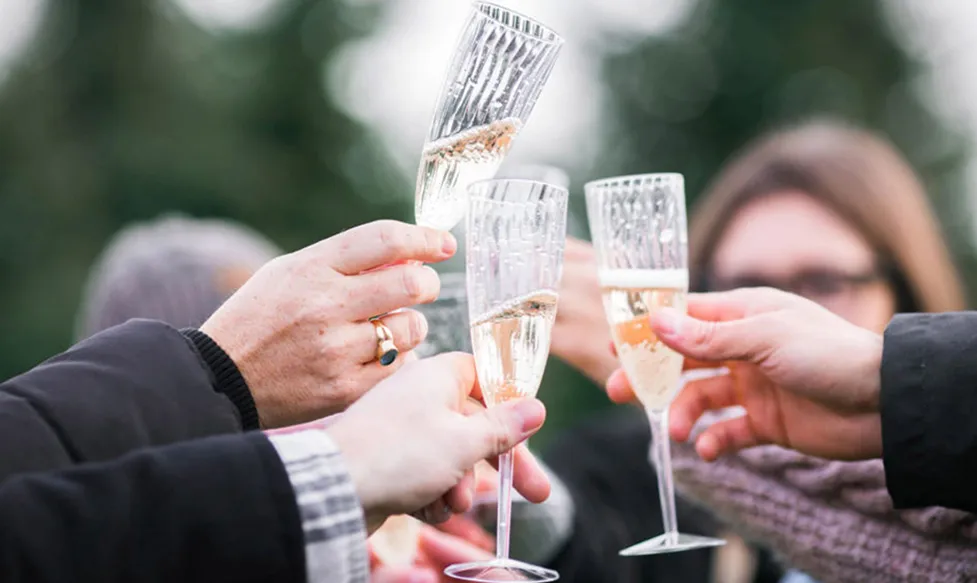
What do you taste?
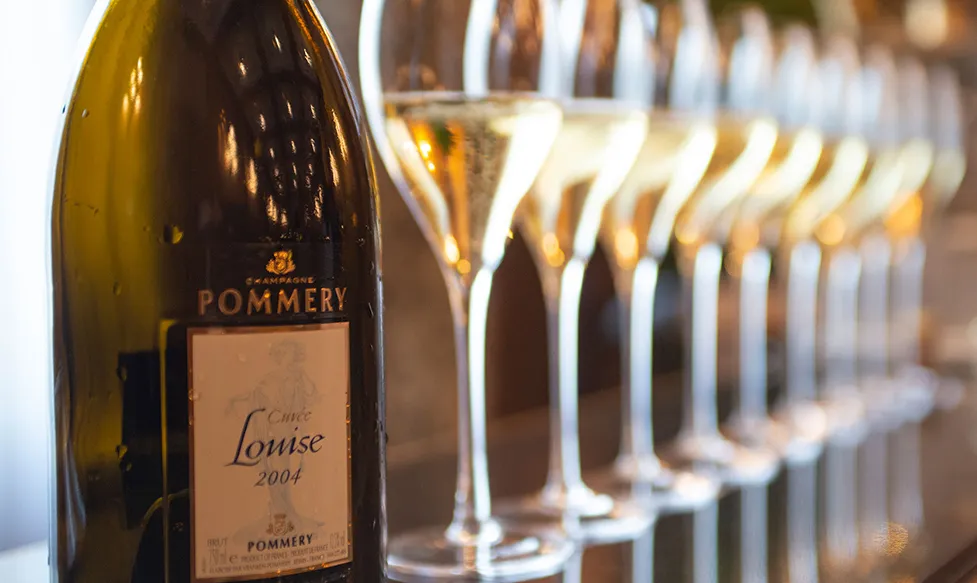
Now take a sip and swirl it. Don’t guzzle but don’t be afraid to be enthusiastic! What does this champagne taste of? Consider the five groups again (as above) and see if there’s anything that seems similar. Other flavours that might come to mind are toastiness, nuttiness or vanilla.
You’re also checking for the acidity, weight and ‘thickness’ of the wine – in other words, how does it feel in your mouth. Is it dry? Is it fruity? Mind you, a simple way to find out is to check the label – the words ‘brut’, ‘sec’ or ‘doux’ tell you how much sugar has been added before the bottle is corked. A higher sugar content makes a more fruity wine.
You need to consider the taste and the feel when you swallow, too. What sort of after-taste does it leave? Younger champagnes will be quite light, but a good vintage wine might be quite thick and syrupy. Keep in mind too, that the better a wine is, the longer the finish.
Enjoy!
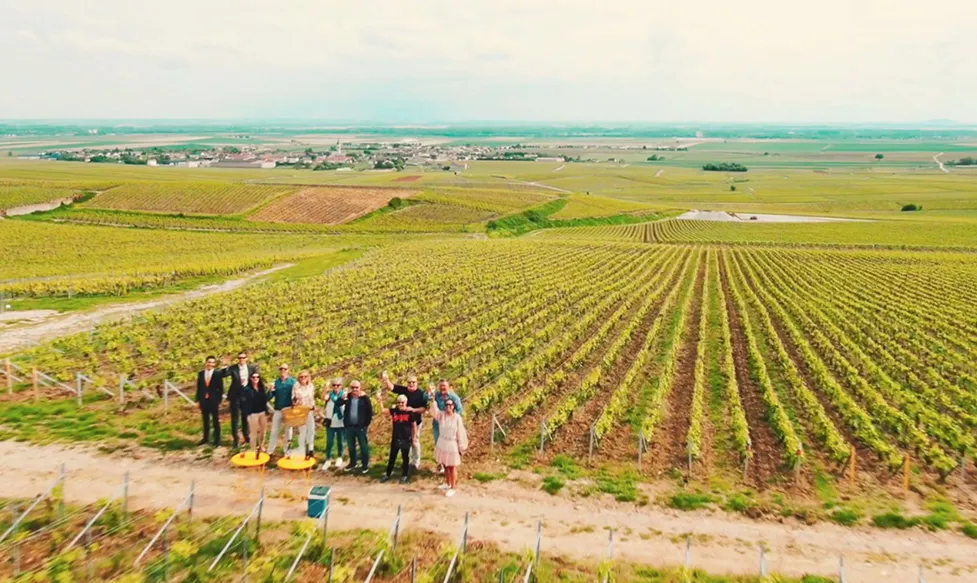
Of course, none of the above needs to be done. The most important thing of all is to enjoy. So don’t worry if you feel you don’t have the right words to describe the experience. Have a go, and take notes if you want to. Listen to or read up on advice about how to do it all, but don’t forget to simply savour what you are doing.
And when you are ready for the next tasting, just wash the glasses with warm water and let them dry naturally in the air. Using detergent and drying with a tea towel which could leave lint inside the glass can affect the bubbles. Sacré bleu!
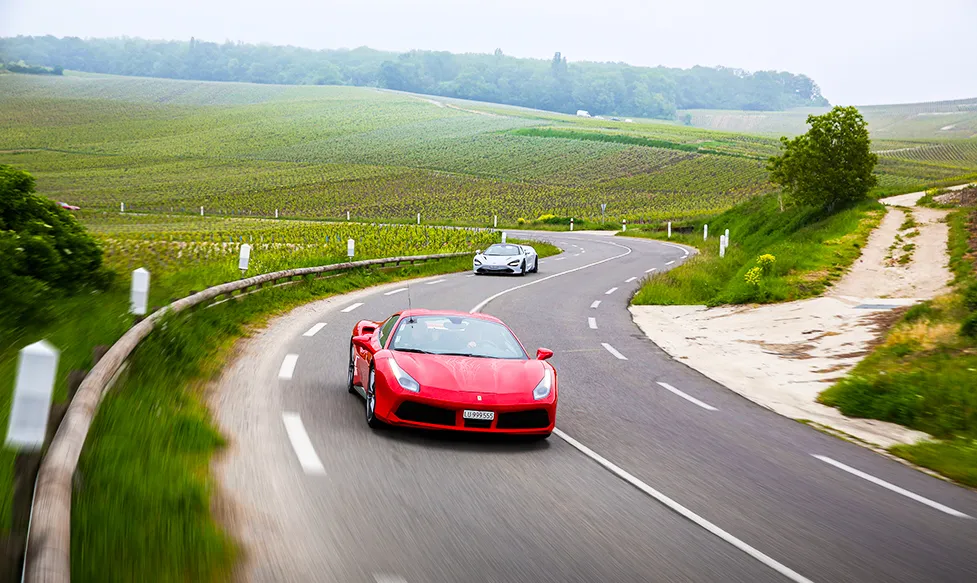
If you want to join us for one of our champagne tasting side tours – in the Champagne district of France, please check out our European Supercar Tour or the Beautiful Cars and Michelin Stars tour.
Share Article
